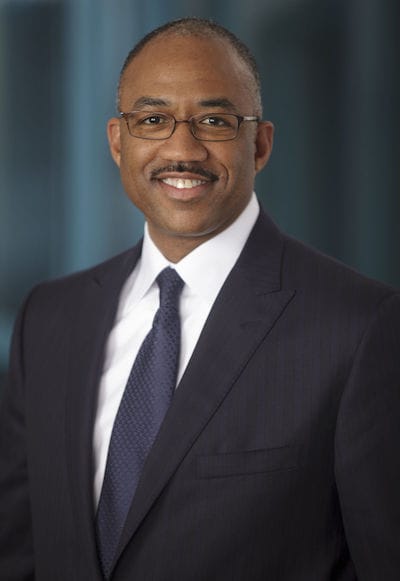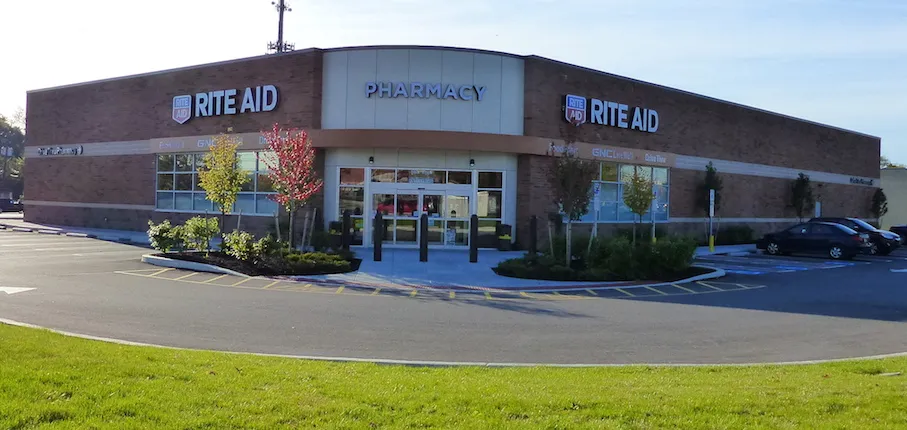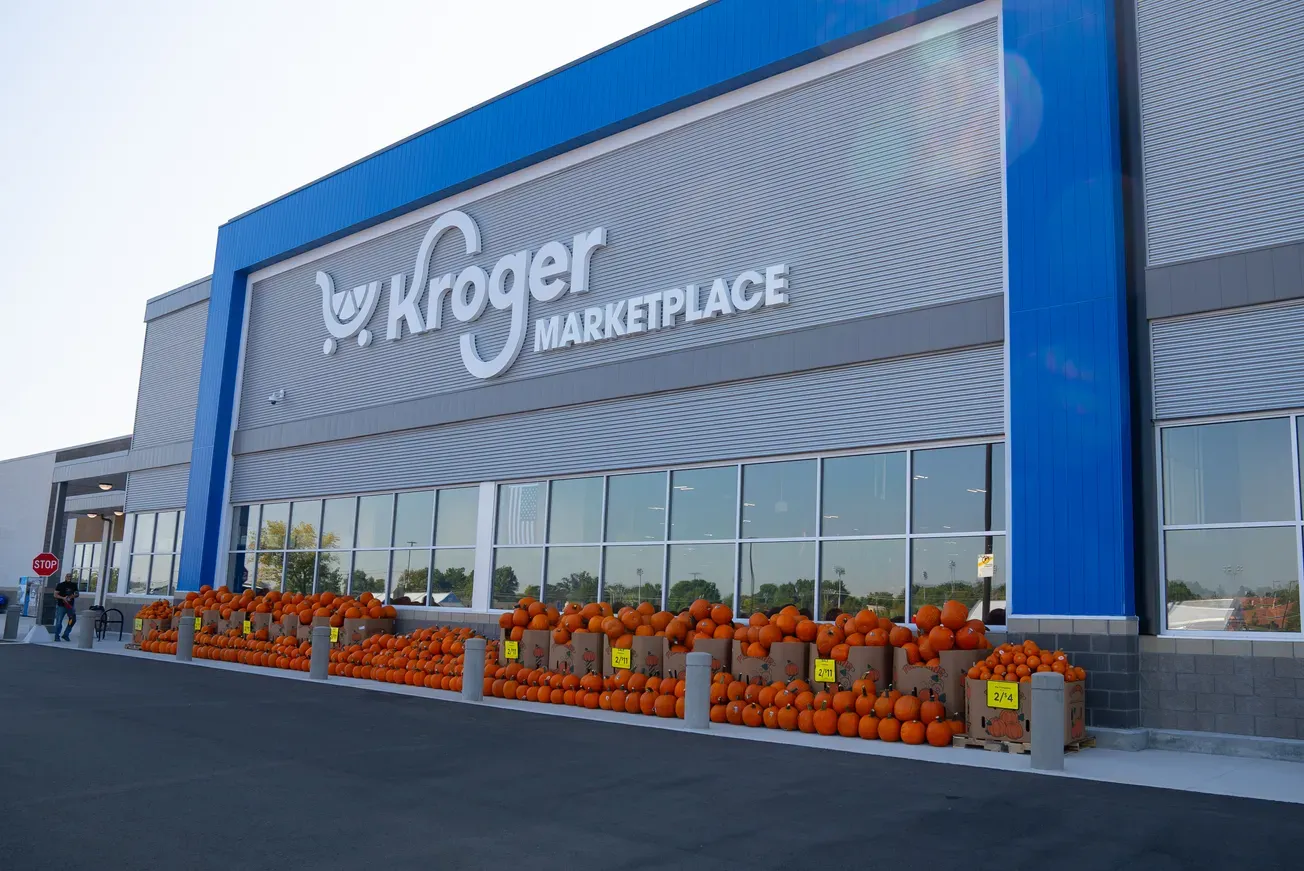CAMP HILL, Pa. — Rite Aid Corp. president and chief operating officer Kermit Crawford said he’s confident the company “will succeed in building the new Rite Aid” following its $4.375 billion asset sale to Walgreens Boots Alliance (WBA).
Under the deal, announced in September, Rite Aid is selling 1,932 stores, three distribution centers and related assets to WBA. The transaction also gives Rite Aid the option to source generic drugs from WBA’s group purchasing organization for 10 years, which would enable Rite Aid to buy generics at a cost similar to that of Walgreens.
As of December 2, the end of Rite Aid’s fiscal 2018 third quarter, ownership of 357 stores had been transferred to WBA. The sales, slated to be completed by this spring, will cut Rite Aid’s store base by more than 40%.

Kermit Crawford
But Crawford, who joined Rite Aid on October 5, noted in a third quarter conference call with analysts that the company brings a number of strengths to the table as it moves forward.
The “new Rite Aid” will be a $22 billion company that generates more than 180 million prescriptions annually and has 2,569 drug stores in key state markets, served by six distribution centers, he said in the call. It also boasts strong health care assets on top of expanded clinical pharmacy services, including retail clinic operator RediClinic, health care management specialist Health Dialog and pharmacy benefit manager EnvisionRxOptions, which manages over 4 million lives.
“These assets become more important when you consider how the transaction with WBA will benefit our organization. The new Rite Aid will be financially stronger with lower debt and more financial flexibility to invest in strategic initiatives that drive our business,” Crawford explained.
“We will have a more profitable store network with a higher percentage of Wellness stores. We’ll also have a strong store count presence in our eight key states of California, Pennsylvania, Michigan, Ohio, New York, New Jersey, Washington and Oregon, which gives us the opportunity to improve market share in these states,” he said. “And, finally, we have an attractive option to help manage our pharmacy purchasing costs through a generic purchasing option with WBA.”
At presstime, 2,505 of Rite Aid’s 4,404 stores — or 57% — were Wellness stores. Company executives have previously said that, compared with other Rite Aid locations, Wellness stores have shown an approximately 1% higher script count and more than 3% higher front-end sales on a comparable-store basis.
“Our Wellness store format continues to drive innovation through enhanced layout and design, a stronger emphasis on health and wellness products and services, and enhancements that make key categories much easier to shop. These stores continued to outperform the rest of the chain and, going forward, Wellness stores will account for nearly two-thirds of our overall retail footprint,” Crawford said. “We will continue to enhance our product selection, traffic flow and services based upon learnings and a better understanding of our local customer needs. We’re excited to be in a position to further leverage this popular store format in delivering an even better customer experience.”
In the front end, that will include the rollout of more targeted merchandising strategy with offerings tailored to each local market, according to Crawford. Rite Aid, too, aims to boost its private brand lineup and, leveraging customer data, step up personalization of promotions. “We’ll also be highly focused on further developing our omnichannel experience,” he said.
On the health care side, RediClinic walk-in medical clinics will complement the Wellness stores’ enhanced clinical services — including medication and disease state management and more immunizations — to make Rite Aid a convenient care destination. Meanwhile, EnvisionRx and Health Dialog will help spur pharmacy business and boost the company’s presence in the specialty pharmacy and Medicare Part D markets.
“Heading forward, Envision will serve as a growth engine for the entire enterprise,” Crawford told analysts. He also highlighted the synergies with Health Dialog. “With strong predictive modeling, Health Dialog can also serve as the analytical engine to differentiate Envision’s offerings and help retail pharmacists better understand and care for patients, especially those with diabetes, high cholesterol and hypertension.”
Crawford noted that Rite Aid’s biggest health care and retail strengths are also its biggest opportunities. “I believe we have a strong foundation from which to build the new Rite Aid and are well on our way to identifying the steps we must take to create a winning strategy in each market that enhances our customer experience and builds a winning value proposition for our payers and key stakeholders.”







